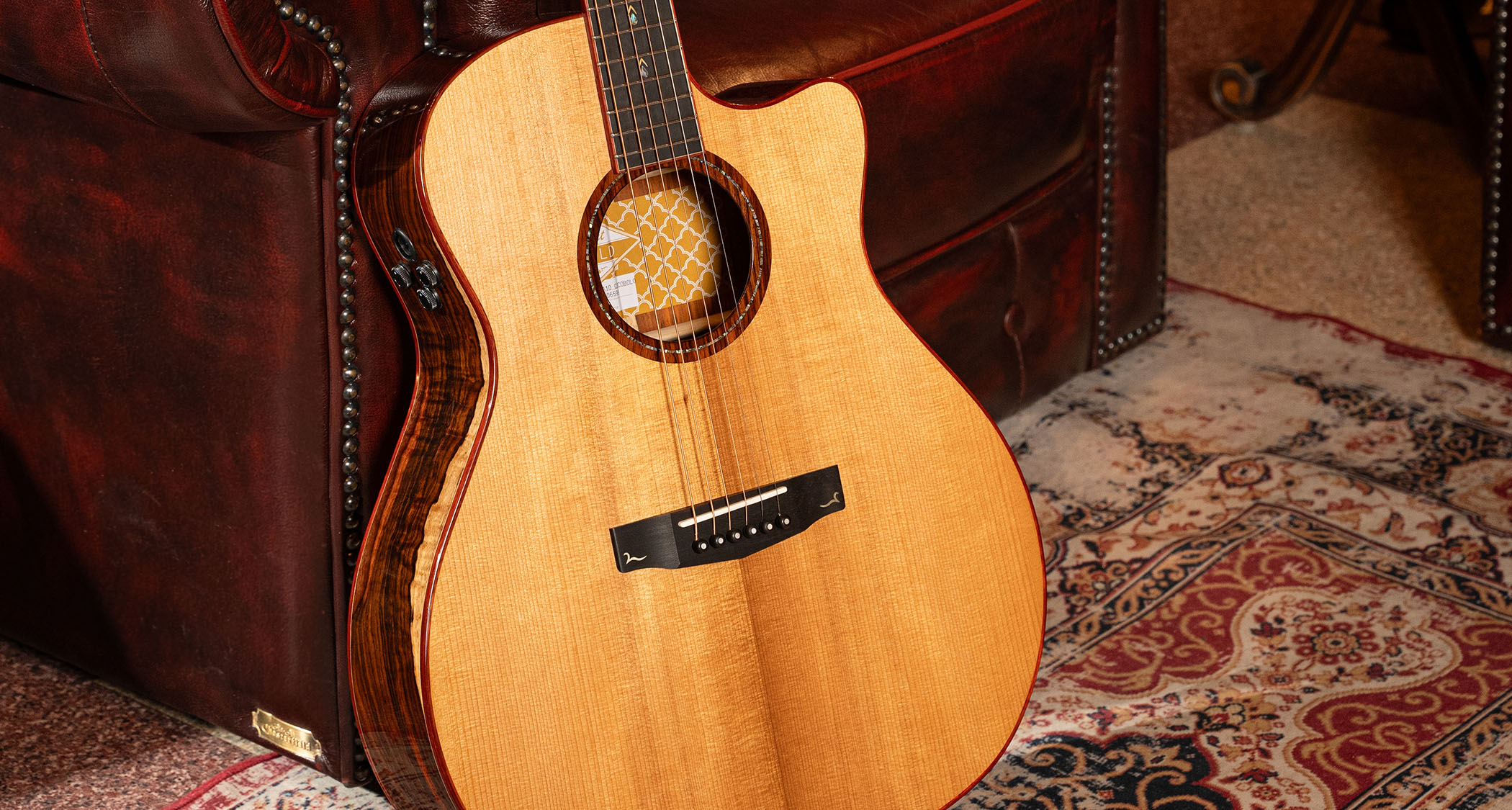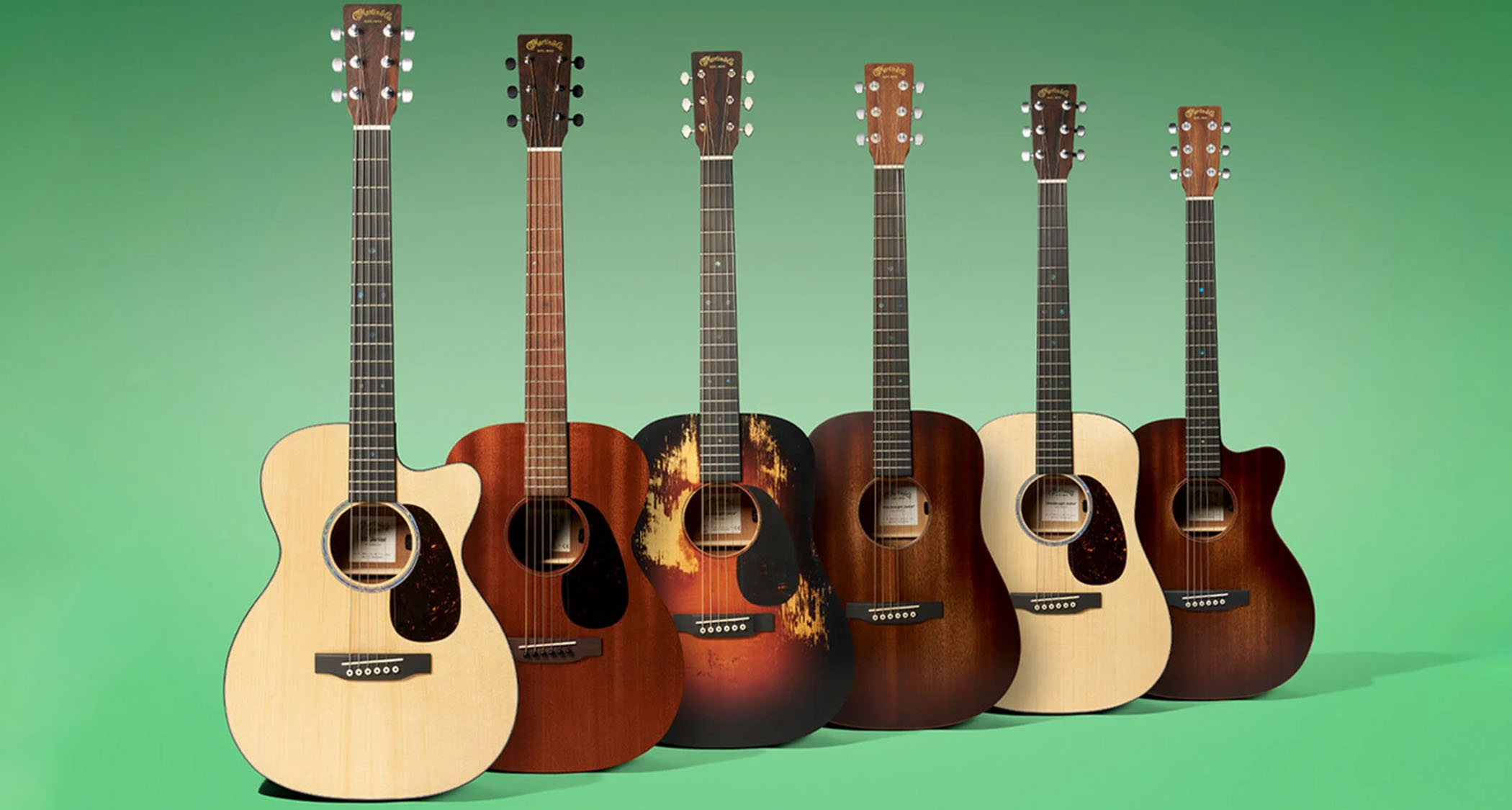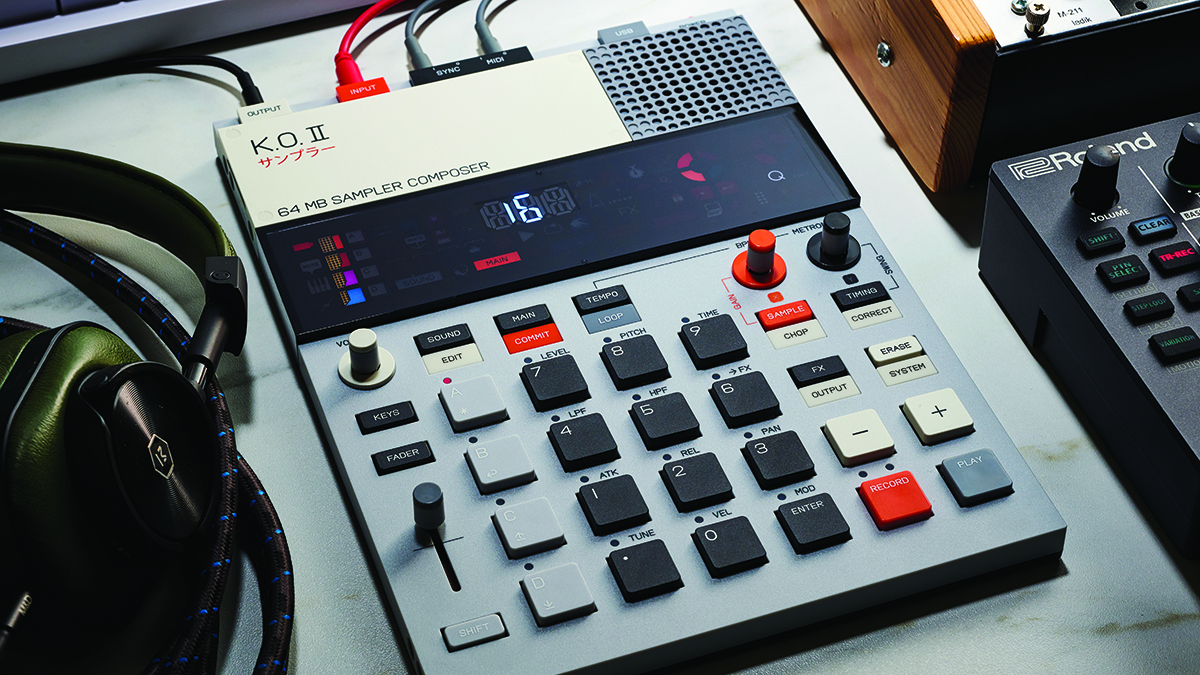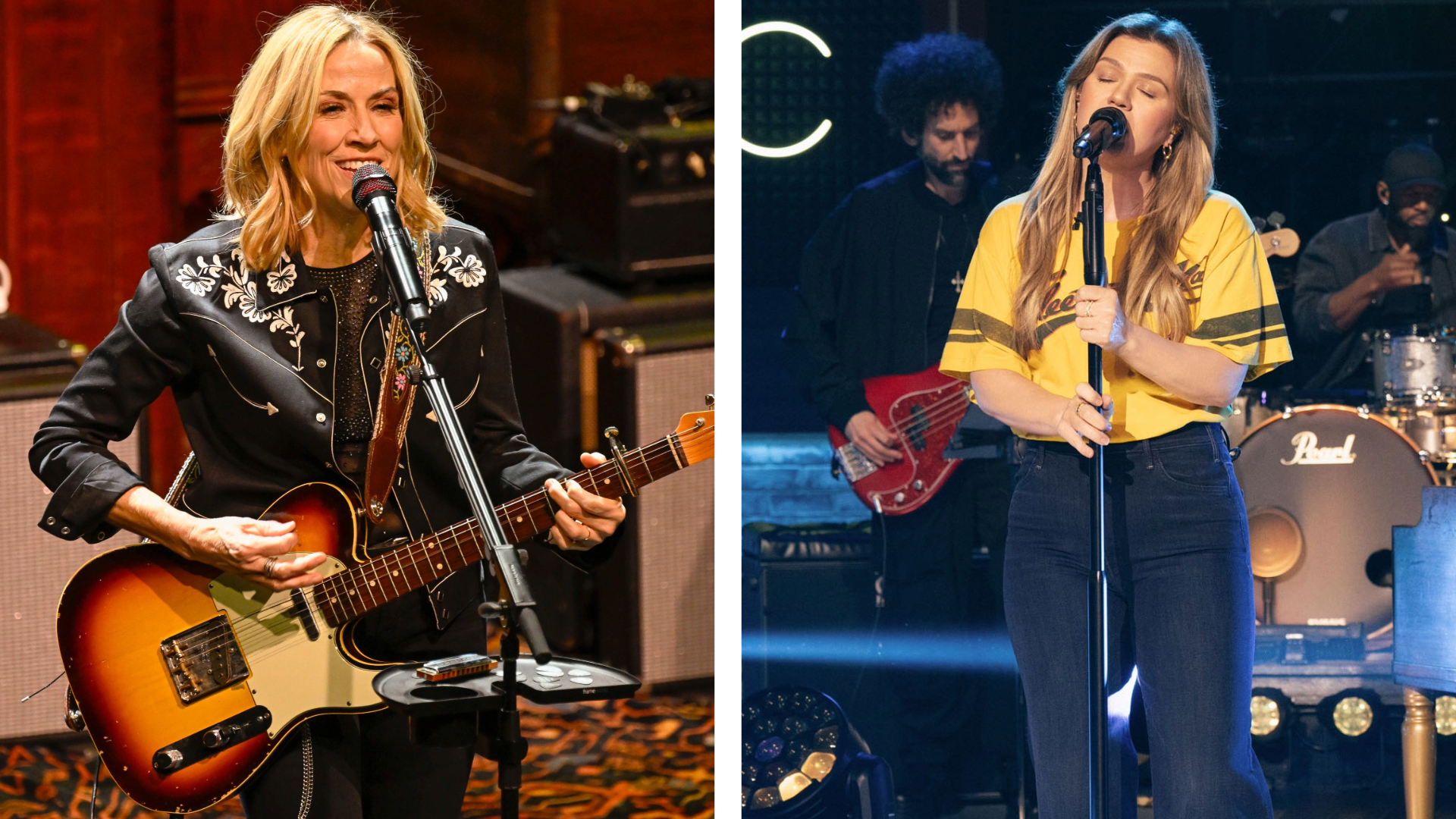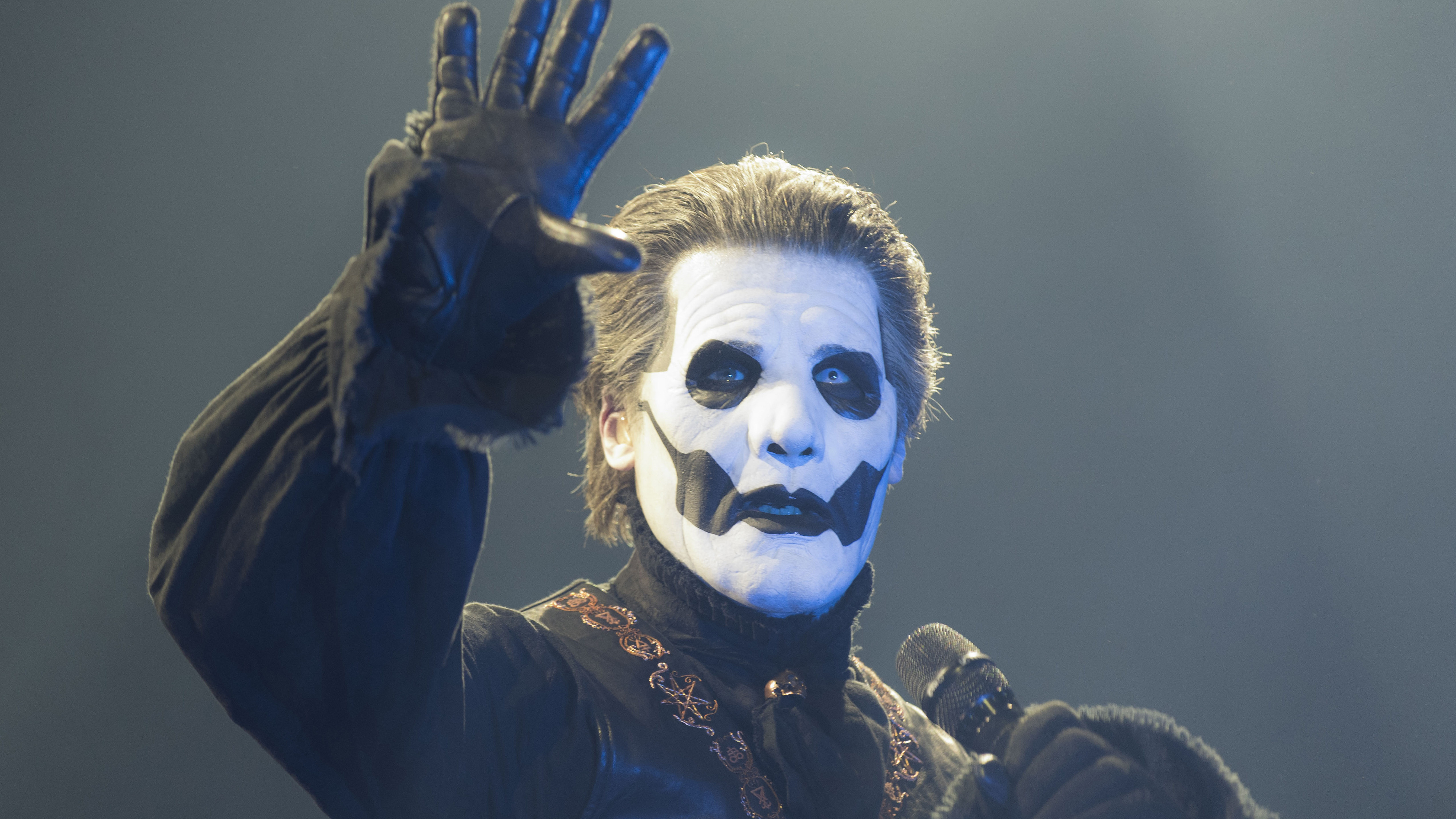Classic Album: 808 State on ex:el
Track by track with Graham Massey
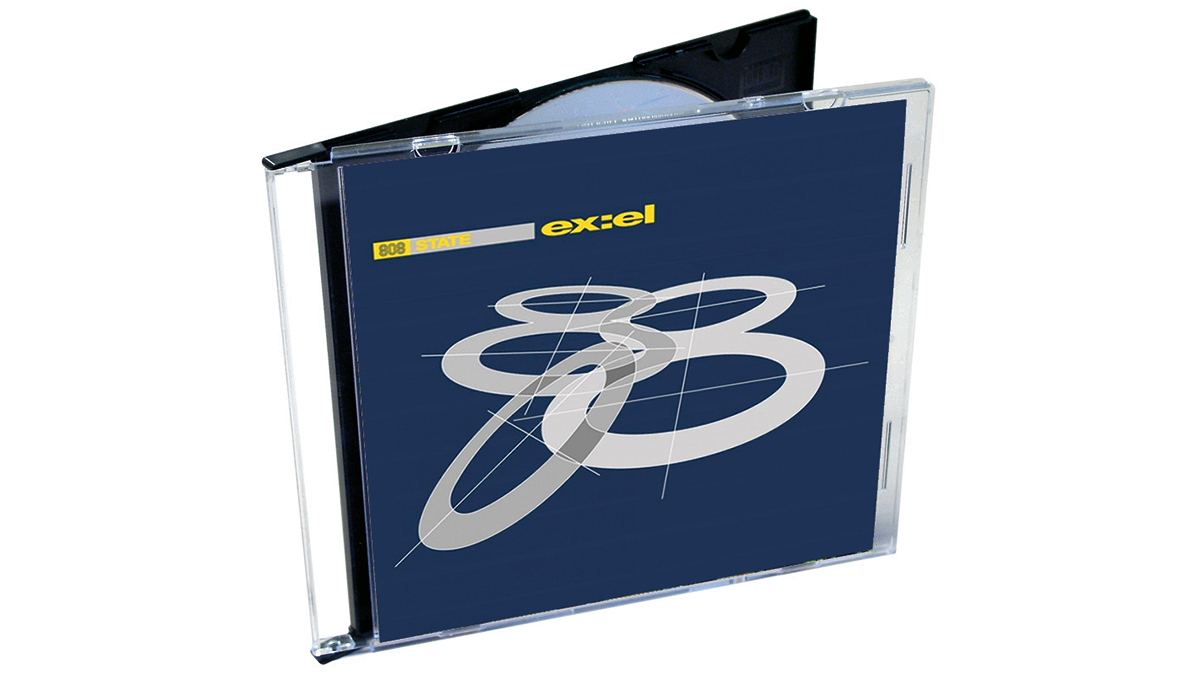
It’s fair to say that by 1991, 808 State had some momentum behind them. The Mancunian four-piece had three seminal electronic albums in the bag [Newbuild, Quadrastate and Ninety], an EP, and a new album’s worth of rambunctious beats for the chart-straddling rapper, MC Tunes.
Never ones to sit around twiddling their thumbs, they used their next breaths to carve out more cutting edge futurism, in a city otherwise obsessed with the guitar bands of the ’60s.
“There was a crazy amount of energy back then,” says Graham Massey, who fronts the crew alongside Eastern Bloc Records’ boss, Martin Price and Spinmasters’ Darren Partington and Andrew Barker. “We were full of ideas, looking forward, and working fast. The time pressures were very acute – we had a release date for a single before we’d even written it!”
Holed away in the suburban cottage-like low ceilings of Revolution Studios in Manchester, they beavered away. All huddled over the mixing desk, they made their music in sections. “It was like, ‘This is the beginning. This is the intro section. This is the groove section. This is ‘the interruption’,” says Massey. “We ended up making pop art, in a kind of way. It was all about carving out a mood from the overloading of information.”
They were one-upping themselves, on a career high, as well as their peers in a dance scene in similar rude health. “There was a lot of pressure to make this album better,” says Massey. “Rave culture had its own momentum by then, too. You had people making marks on the charts like the KLF, The Future Sound of London and The Shamen. We needed to push ourselves again.”
The fruits of these labours paid off, as ex:el (perhaps one of 808 State – and dance music’s – greatest albums) reached number four in the UK album charts, earning a gold disc in an era where you’d have to sell 100,000 to qualify. “It was an amazing point in our – and British chart – history,” says Massey. “We saw it like punk and how that shifted the culture. We were going, ‘That’s old. This is new’. It was about the future.”
What better time then, for Graham to take us through the 1991 masterpiece, track by track.
Get the MusicRadar Newsletter
Want all the hottest music and gear news, reviews, deals, features and more, direct to your inbox? Sign up here.
San Francisco
“We always sequenced the albums. We didn’t record in that order. This track just had that feeling of beginning in those opening motifs.
“Of course, we have a balance of vocal tracks on this album, for the first time, so we weren’t gonna put all those upfront.
“Looking at the sequenced order now, I’m wondering why we’ve hidden all the big, bangy, hit singles at the back of the album – you just wouldn’t do that now. Back then you’d make an album, and leave some of the hits in reserve. It’s completely backwards thinking to now.
“We really went to town on this album, with making it as an album, rather than a series of singles.”
Spanish Heart
“This track features Bernard Sumner from New Order. We’d struck up with him through Martin at the Eastern Block record shop. He used to make him a bag of import vinyl up. Bernard would call in once a month and pick them up. He was really keen on dance music and what was going on.
“This song was written on a Casio MIDI guitar that I had. All the extended chords were written on that. Bernard didn’t like them. He said, ‘Yer jazz chords have got to go’. I was like, ‘Me jazz chords are staying’. The whole album is layered with this feeling of sevenths and ninths. It was our signature sound, you know?”
Leo Leo
“We used to refer to this sound as ‘dub’. It has more in common with the On-U Sound records from Adrian Sherwood, as opposed to reggae.
“This was way before drum & bass, so the idea of having these big sub basses weren’t that common. I remember thinking, ‘Ooh. This is something’. To get that amount of bass, down in the bottom end, in a very pure sine wave kind of way.
“It’s off the [Roland] JD-800. We’d get a kick and extend and bend it. There was a really overused preset that we made of the 808 kick drum on that machine that we used over and over again, and put fuzz and distortion on it.”
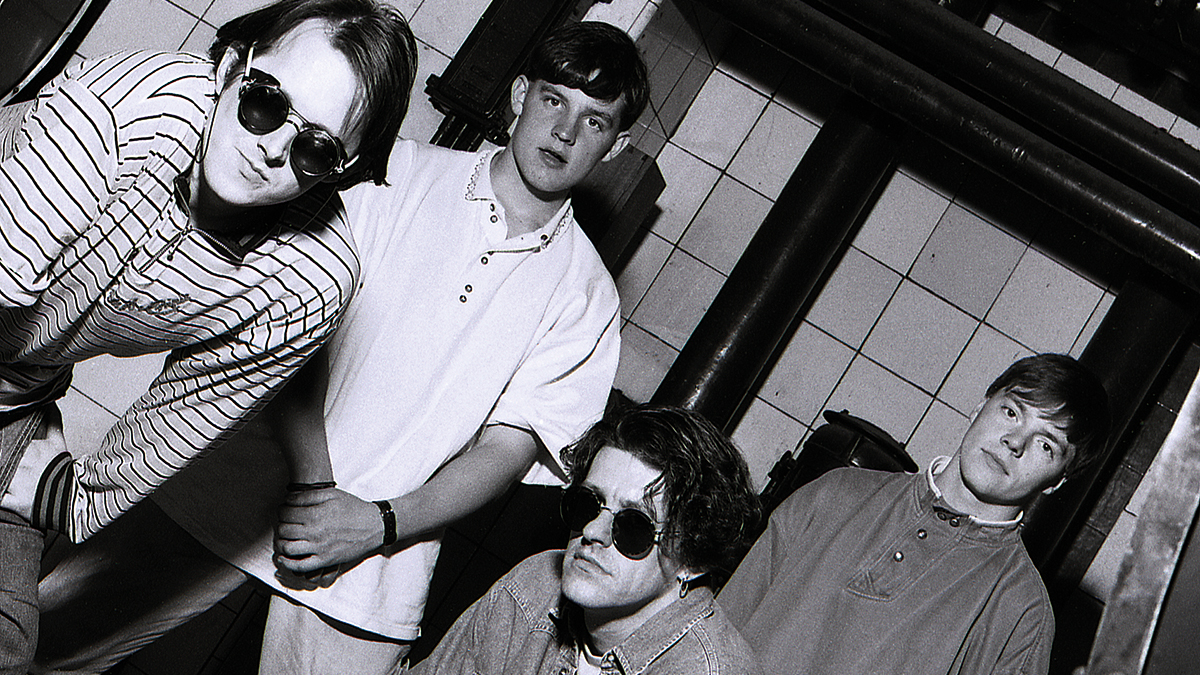
Qmart
“This features Björk on vocals, before she went solo and became a megastar. Somehow she got the number to the studio and called us saying she loved our albums and was interested in working with somebody to do with beat programming.
“She came to Manchester, nothing prepared. Qmart was a track we’d already had as an instrumental we were working on that day and she just jumped in. That was the first take that’s on the record – completely improvised. All that jazz sensibility was there, and right up my street. It was just a magical moment. That bit where she starts doing bird song at the end! It was just astounding.”
Nephatiti
“I love this: a real 808 showcase. If I’m making playlists this is my example of the exotic, complicated nature of what we did [laughs].
“It’s ‘all-hands-on-deck’ on the mixing desk. It may have had some automation, but no one knew how to work early Amek automation properly.
“We were just visiting the studio. You’d have needed to spend some time with it. They had those massive floppy disks to save it as well, so we never trusted it.
“We’re all on the desk, carving out these rhythms. It’s so complex, that. We were making this very colourful tapestry by throwing loads of paint at the tape, if you know what I mean?”
Lift
“It was our version of lift music. It went off on so many tangents – probably because of the number of people in the room with ideas. Normally we’d keep one flavour, but this turns corners, this record. Particularly the album version, when it turns off down a cello corridor for a bit, then it’s got some tablas and electric guitar feedback.
“The original idea was wrecked and sprayed on. That’s what I like about it now. At the time I got very frustrated that it couldn’t take a straight path.”
Ooops
“Björk again. This studio was in a weird bit of suburban Manchester and she disappeared for about three hours. We didn’t know if she was lost. It was raining.
“She eventually turned up, soaking wet, with a tin of sprouts. She asked, ‘How do I open these?’ and proceeded to eat cold sprouts from a tin. She was just so alien.
She eventually turned up, soaking wet, with a tin of sprouts. She asked, ‘How do I open these?’ and proceeded to eat cold sprouts from a tin. She was just so alien.
“She was from a different place to us. But speaking musically we were doing some pretty alien landscapes, so had a lot in common.
“It’s almost a bit verse/chorusy, but fighting that at the same time. We knew we couldn’t do that, but we got a weird hybrid. We were trying to break down that all the time – anything that was too ‘songwriting’.
“We ended up making a video for this down a weird pothole in Iceland. It looked like a Santa’s grotto in a department store – we should’ve just filmed it there and saved the trip.”
Empire
“Very much an album track. It’s a real ‘three legged beat’. The sampler back then was a Casio FZ-1. But the engineer brought in some kind of Yamaha sampler. I noticed some of the drum sounds are from that. And an Alesis drum machine that had just come out by that point.
“We’d get these pieces of equipment and write little motifs on them. That would be the start of this track, on the Alesis drum machine.
“We were working at a fast pace. A lot of it was real happenstance as to what would contribute to the mood of each track. It was probably written in a day and not fussed over.”
In Yer Face
“This had already been recorded at another studio, Square One in Bury, and was already ‘in the can’, as it were, and then added to the album. We’d done it as a B-side.
“It’s interesting. The same riff appears in a version of Olympic, which became the theme to the TV show, The Word. So good we used it twice! It’s because they were almost from the same session, and we didn’t know which was coming out.
“It was never really a dancefloor smash. It was a funny 7” radio single that had more in common with prog rock than anything else.”
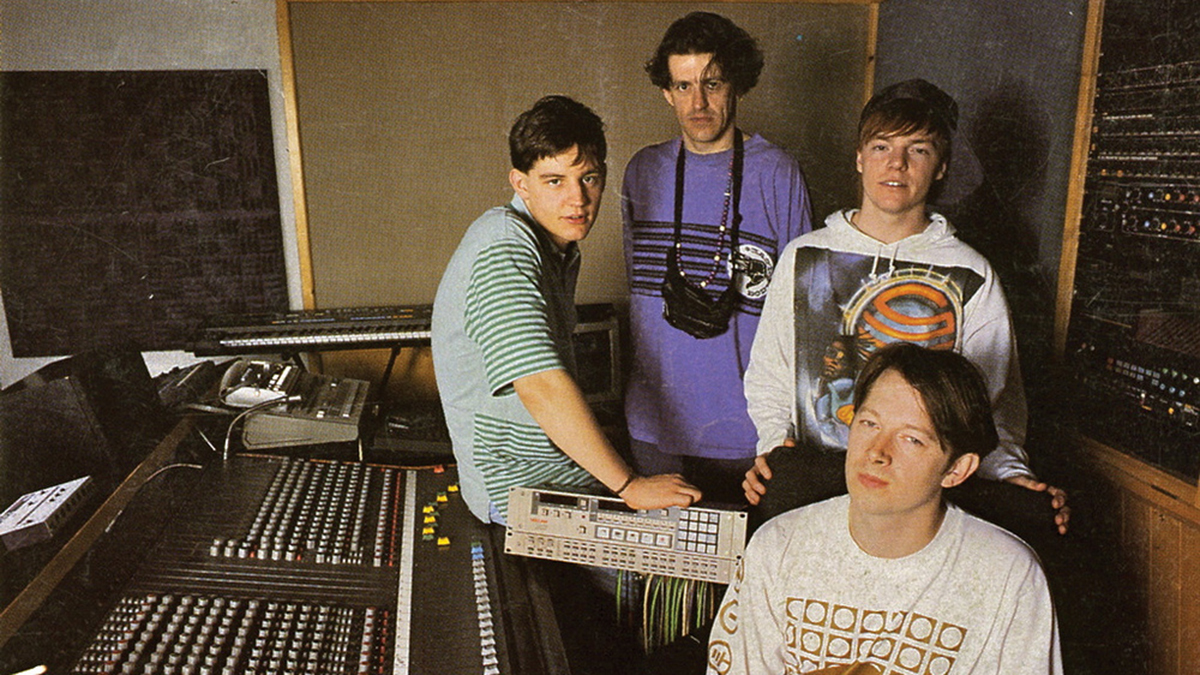
Cübik
“We used to make these big riff-type sounds with tracks like Cübik. They’re often from a sandwich in the sampler.
“You’d take a Moog-based sound and then layer it with something like the keyboard we used a lot, the Crumar Bit One, or the Bit 99. They were like a DX-7, but with digital oscillators with analogue filters. They were great synths, actually – great for making these aggressive sounds.
“Then we’d put a bit of [Waldorf] Microwave in there for a bit of grit and throw it all in the sampler as a big fat sandwich of a sound, and try and write these big riffs.”
Lambrusco Cowboy
“Again, reaching for an aggressive sound, but not quite getting there, somehow. It’s a bit muddier than things like Cübik and In Yer Face. You can say, ‘Oh. It’s easy to do those kind of tracks. All you have to do is go for a riff...’ But nine times out of ten it would end up in a track like Lambrusco Cowboy, which isn’t as quite together or clear as an idea.
“Darren came up with the title. That was his relaxation personality. He was The Lambrusco Cowboy [laughs]. That was his poison, at the time. He was only about 19. This is before he had his wine cellar.”
We’d often set off on a path trying to do something like Detroit techno, and our colloquial leanings would take us somewhere else.
Techno Bell
“I love that track. Like Nephatiti it’s this pinnacle of carving out a very sample-based track, bound together with really good synth riffs.
“I think it’s the Roland SH-09. A Roland JX-8P. A [Crowphonics] CRO-1. And a Yamaha CS-60, quite an exotic beast we’d just got.
“I remember you’d have to record it in the first ten minutes before one of the capacitors got too hot. If we didn’t get it the first time you’d have to leave it off for about an hour and go back to it [laughs].
“We were very inspired by the Detroit techno sound on this one, but it ended up with that very English church bell vibe to it.
“We’d often set off on a path trying to do something like Detroit techno, and our colloquial leanings would take us somewhere else.”
Olympic
“Manchester were doing a bid for the 2000 Olympics, and we got asked to do the theme tune if they got it. Like, ‘Can you do us an anthemic, euphoric, upbeat Olympic tune?’ My blueprint was the Tokyo Olympics from the ’60s. That was a tune called Tokyo Melody [by Helmut Zacharias].
“It’s very YMO [Yellow Magic Orchestra]. They were probably more influential on us than Kraftwerk. There’s always this looking to the East for us. I don’t know why. Probably from us trying to do ‘otherworldly’ music. It’s always been a thread in our music. It came from us trying to do something new.”


"Reggae is more freeform than the blues. But more important, reggae is for everyone": Bob Marley and the Wailers' Catch a Fire, track-by-track
“Part of a beautiful American tradition”: A music theory expert explains the country roots of Beyoncé’s Texas Hold ‘Em, and why it also owes a debt to the blues


